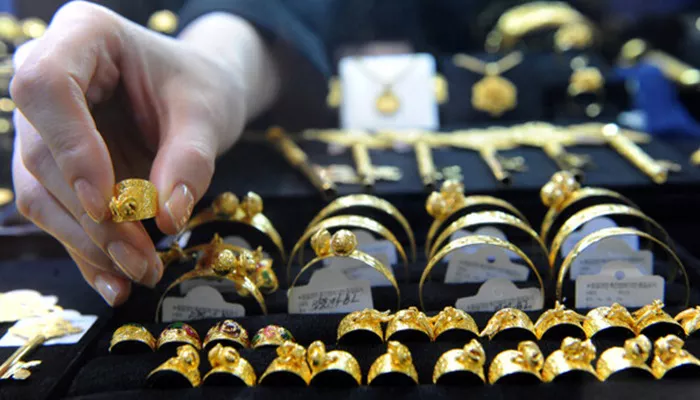Gold prices have experienced a notable upward trajectory, driven by a combination of factors ranging from increased demand in emerging markets to growing concerns over political instability and economic uncertainty.
Key drivers behind the surge include rising demand for gold in emerging markets, particularly China, as well as its appeal as a hedge against inflation in the United States. Additionally, political instability, especially in South Korea, where the ongoing impeachment crisis has contributed to market volatility, has further fueled interest in the precious metal.
As of January 14, 2025, data from the Korea Exchange reveals that gold spot prices have risen by more than 4% in just one month, with current prices hovering around 130,000 Korean won (approximately $89) per gram. The market price for pure gold has jumped from 527,000 won at the end of 2024 to 544,000 won, marking a 3% increase within a two-week period. In comparison to the previous year, gold prices have surged by nearly 50%.
On a global scale, gold prices have risen by over 30% in the past year, approaching $2,700 per ounce, further underscoring the widespread shift towards the asset. This rise is notable, given the typical inverse relationship between the U.S. dollar and gold. Analysts attribute the unusual trend to heightened market volatility ahead of President Donald Trump’s second term, with many investors turning to gold as a safe-haven investment despite the dollar’s strength.
Major financial institutions, including J.P. Morgan and Goldman Sachs, have forecast that global gold prices could potentially reach $3,000 per ounce in 2025, reflecting ongoing uncertainty and increased demand for the precious metal.
Related topics:
- India Surpasses China in Gold Purchases, Buying 51% More in Three Months
- Gold Rates Skyrocket in Chennai on Diwali, 24K Gold Exceeds Rs. 81,000 Per 10 Grams
- Gold and Silver Prices Rise Across India on January 13, 2025


